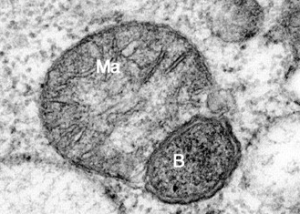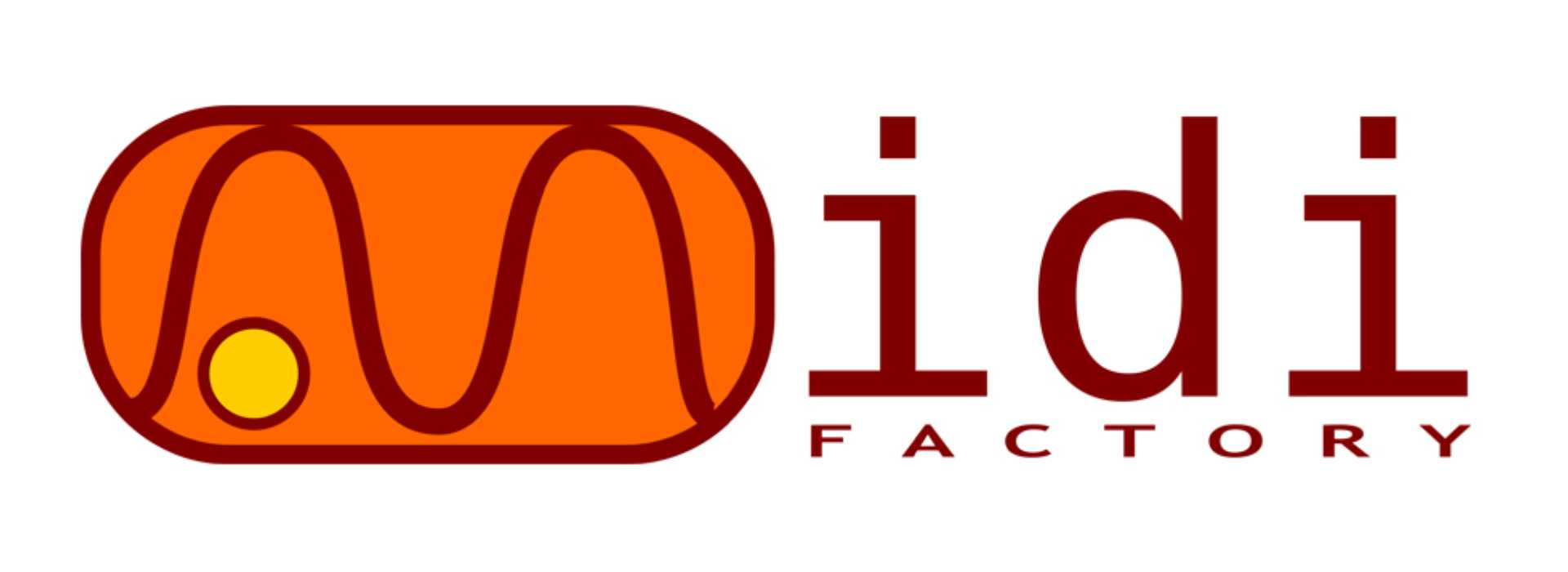The project “Midichloria mitochondrii, unique intramitochondrial bacterium and novel tool to explore mitochondria” has been granted by the Human Frontier Science Program (HFSP 2017).
The project aims to investigate the unique form of bacterial endosymbiosis involving “Ca. Midichloria mitochondrii“ and its tick host Ixodes ricinus. Bacterial cells are detected in the cytosol and inside the mitochondria of the host, with high load in ovaries and salivary glands and 100% prevalence in adult female individuals. Not only this form of endosymbiosis is intriguing for its uniqueness (keeping an eye on the endosymbiotic theory for the origin of mitochondria), but also understanding the interactions between bacteria and mitochondria is promising for the characterization of unclear processes in mitochondrial biology. To do so, a multidisciplinary team was assembled, covering the fields of bioinformatics, -omics, imaging, biochemistry, and cellular biology. This integrated approach may help to understand the evolution and the functional details of the interaction involving M. mitochondrii and its host, at organismal, cellular and molecular levels. The insights gained through this approach will be used in order to develop an in vitro system that potentially could allow the manipulation of the interaction between M. mitochondrii and the mitochondria, and thus may represent a novel tool to characterize mitochondrial mechanisms, including mitochondrial fission/fusion, inner and outer membrane repair, metabolism, and signaling mechanisms involved in apopoptosis.
The project is coordinated by Dr. Davide Sassera; three other units are involved: the unit coordinated by Prof. Aaron Jex (Population Health and Immunity Division, The Walter and Eliza Hall Institute, Melbourne, Australia), the unit coordinated by Prof. Jan Riemer (Institute for Biochemistry, University of Cologne, Germany), and the unit coordinated by Dr. Fabrizia Stavru (Bacteria‐Cell Interactions Lab., Pasteur Institute ‐ CNRS, Paris, France).
You can read the public abstract here.

Adult female of the tick Ixodes ricinus

Transmission Electron Microscopy (TEM) image of an Ixodes ricinus mitochondrion harbouring “Candidatus Midichloria mitochondrii”. Ma: mitochondrial matrix. B: “Candidatus Midichloria mitochondrii” cell.
